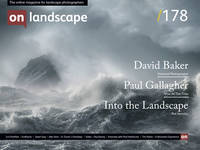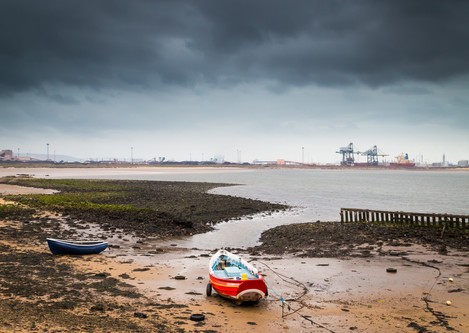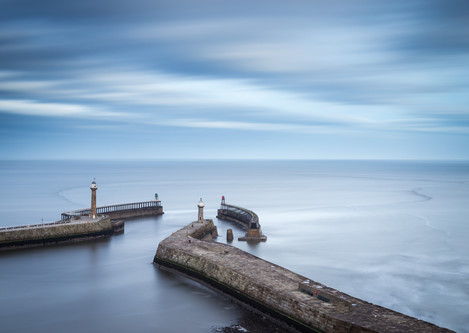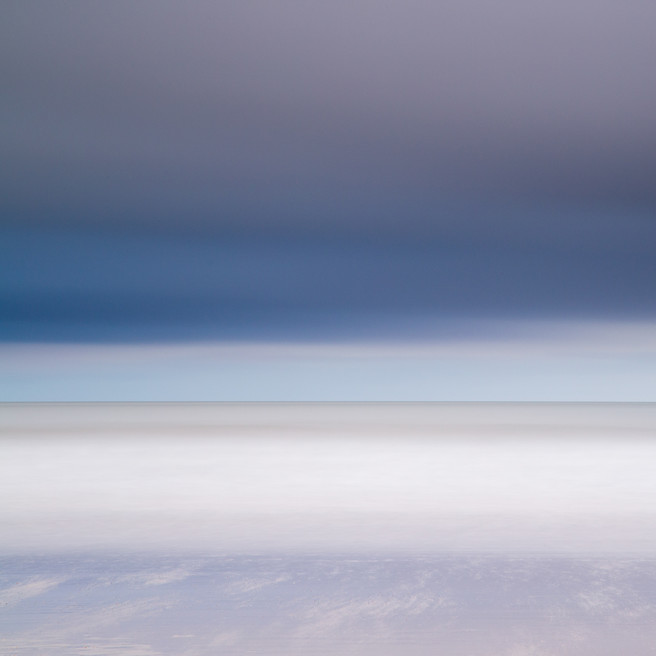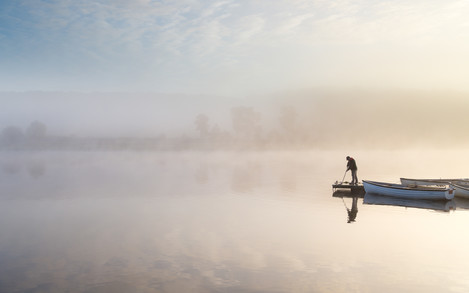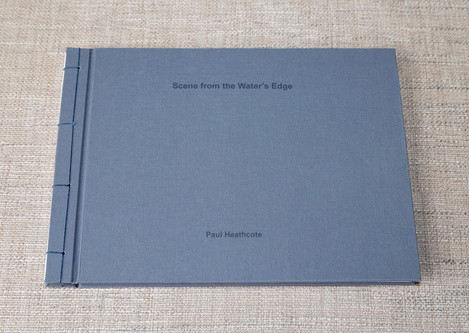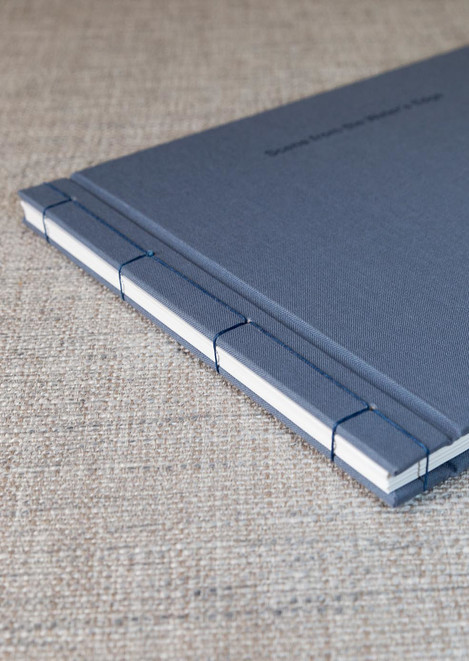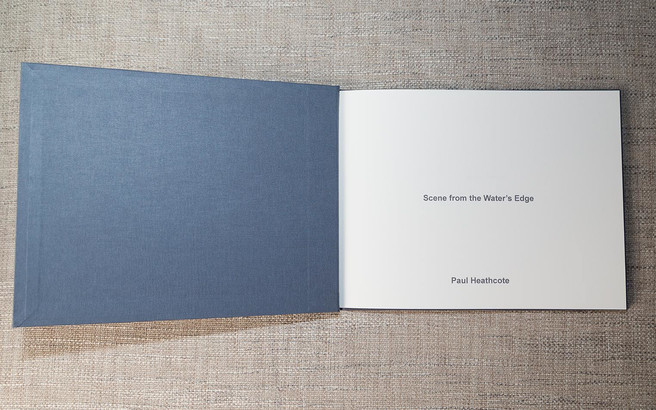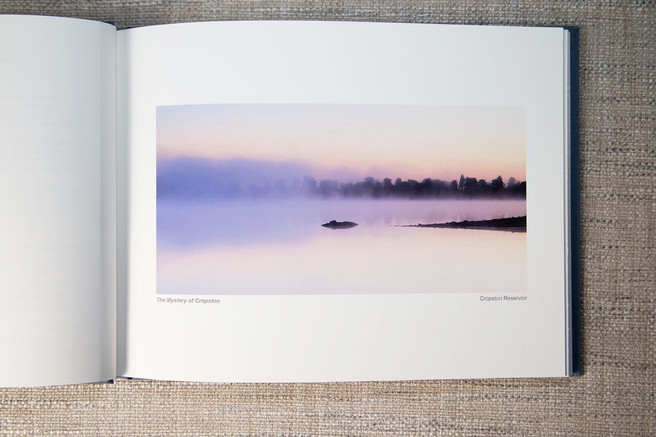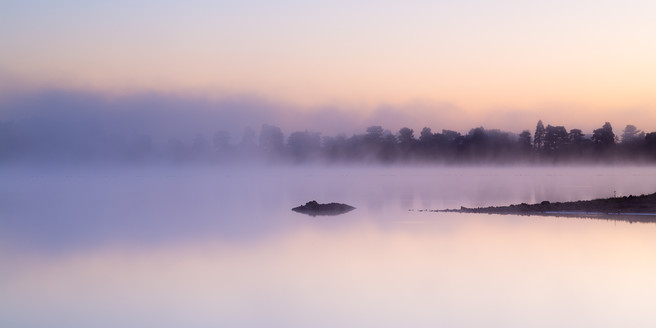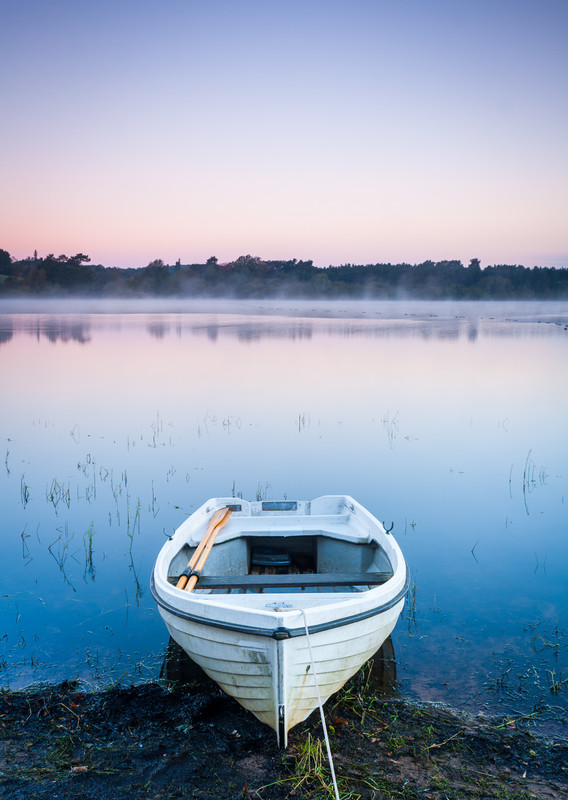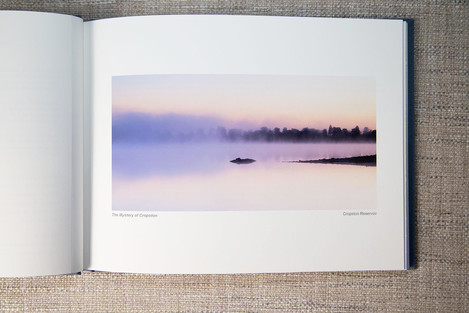Creating a long lasting legacy from a project and exhibition

Paul Heathcote
Paul is a landscape photographer based in Loughborough, Leicestershire. He shoots mainly landscapes but is also equally comfortable shooting travel photography. Paul is a frequent visitor to France and has a number of collections based on his travels around the Dordogne and Lot regions of the country, to which he has become very familiar.
paulheathcotephotography.co.uk

Charlotte Parkin
Head of Marketing & Sub Editor for On Landscape. Dabble in digital photography, open water swimmer, cooking buff & yogi.
Back in 2016 Paul Heathcote wrote about the exhibition he had put on for this project and shared some insights into its six-year making. We catch up with Paul again to hear more about the project and creation of the book.
Tell me about why you love landscape photography? A little background on what your first passions were, what you studied and what job you ended up doing.
I studied Civil Engineering at Loughborough University and after my degree stayed on and did a PhD in Structural Engineering. From this, I went to work as a Consultant at a local firm of Structural Engineers.
I had always loved taking photographs on holiday but they generally consisted of pointing a camera at the sun and not understanding why it never looked like the beautiful sunset in front of me.
With a background in engineering, I always wanted to understand the technical side of things and how to take a better picture.
I grew up in the countryside and always played outside as a child. Often disappearing for long periods into woodland or fields making dens and climbing (and falling out of) trees.
The love of the outdoors and my obsession with the technical aspect drew me into landscape photography as a natural escape from an ever increasingly stressful job.
Tell us a bit about the project ‘Scene from the Water's Edge’. Where did it all start?
Scene from the Water’s Edge’ is a collection of images taken over approximately six years.
For years I have enjoyed the peace and serenity that can be found next to the water, regardless of the size and whether or not it is natural or manmade. Wherever I go I always find myself drawn to the water.
In 2009 I discovered Cropston Reservoir. Situated on the edge of Bradgate Park in Leicestershire, it is just like any other reservoir, but to me, it soon became a place of great mystery and appeal. I started walking the shoreline and spent many cold, misty mornings crouching waiting for some subtle light to rear its head. 99% of the time I was left with no real shot, but every now and then the light would be ideal for my colour palette and I would drive home with excitement and anticipation, just waiting to see what the camera had captured.
This soon became my ‘go to’ place. Whenever I had lost my photography mojo I would nip out to the reservoir. Just me, the boats and maybe some mist. The feeling that Cropston gave me initially, and continues to give me some 8 years after first discovering it is addictive. I think that this location and others like it, ignite my childhood fishing memories which form half of my love of water, the other half is satisfied by the coast.
Tell us about your passion for waterscapes and why they are important to you.
For a few years, I had been trying to figure out how this project came about and what it really means to me. Although inspiration is difficult to put into words, for me it seems to have come from strong memories, drawing me back to places that remind me of simpler times.
I loved my childhood. A particularly strong memory which I recall with great fondness was our yearly two week holiday to Scarborough. Staying in the same place every time and visiting the same coastal treasures, that time spent on the coast with my family I will never forget.
Another large part of my life from a very young age has been fishing. When I was young, many days were spent on the side of rivers and canals with my brother and mum fishing. Mum would sit in her fold up chair reading books and my brother and I would fish. Most of the time he would be untangling my line from a nearby tree whilst cursing me or rescuing me from falling into the water, but still, they were great times. In fact, when I think back, water was and has been a key factor in some of the most enjoyable parts of my younger years.
I think it is those early years that pull me back to the water’s edge. Obviously now I am older I can appreciate more the quality of light and subtle colours that reflect off the water at either end of the day, but the love of that scene is the same as it always was.
What came first the idea for the book or the photography project?
The project came first, I never considered an outlet for it. For me, it was solely for escapism which then, through various events in my life, took a very emotional turn at the end.
How did you choose the locations which you included in the book and exhibition?
Originally the locations were to be all local, mainly because I was very busy with work and am quite lazy when it comes to things outside of business. However, I had the opportunity to visit areas which had been special to me as a child and therefore it grew to a wider area.
How did the project evolve into an exhibition as well? Did that impact on the style and type of images you took?
For some reason, I took the brave step of approaching a large gallery in my home town of Loughborough. I was approved and a date was set for the exhibition. At this time I only had a handful of images but assumed that an exhibition would be easy!
Panic then set in and I spent every waking hour trying to figure out how to draw it together as an exhibition. I now realise that the images I had at that stage were extremely average and thankful I had time to collect a full body of work I was proud of in time for the exhibition.
Around this time I was fortunate enough to meet two people who became very good friends of ours, Rob and Karen Knight. They are so enthusiastic and giving of their time and live for photography. Long chats with Rob soon got me motivated and he introduced me to some spectacular locations, some of which were old haunts, others new to me.
People often say I have a style but I have never seen it. The only thing I do look for is soft pastel colours. I am not a fan of strong colours and even if I shot an image with punchy colours, I will often pull it back a bit to soften it.
I never felt like the exhibition changed my mindset when shooting. OK, there was a time near the end of the project when I was a few images light and the pressure seemed to mount, but I was in the flow of image making then and everything seemed to come together easier with less pressure than ever before.
What inspired you to do a handmade book of the project?
The exhibition was over, life had been quite traumatic due to the death of my dad in the months before the exhibition and I had absolutely no interest in image making. However, I wanted to personally reflect on what I had done, I guess to try and motivate me again.
I had seen a few handmade books and always thought that it would be an amazing way of creating a long lasting memory of what you had achieved.
I always thought I was rubbish at making things so set a challenge to try. This is the result.
Sequencing is obviously important - how did you manage the flow of the book with the images and the visual narrative?
I didn’t worry too much about the layout. The only thing that was important to me was to ensure that the sequence and pages closely represented the order of images in the exhibition. I had purposely introduced my story text fairly randomly throughout the exhibition, although looking back the text obviously matches my mood when taking the image it was next to so there must have been some subliminal work going on!
How did you learn to do handmade books and binding? Is this the first project you’ve done or were there previous books?
All completely self-taught. Never done it before. However, our house is full of piles of practice books!
How did you decide on the format of the book and binding e.g. size and paper, print type?
I always envisaged an A4 landscape book. I realised that a soft cover made things easier, for example printing the cover etc. but I wanted a hardcover book just because I am an engineer and always want an element of robustness in everything I make!
Two things were key to the book and I was set on those from the beginning. The first was that I wanted to use the same paper as the exhibition so that the look and feel were the same. The papers in the exhibition were Fotospeed Smooth Cotton and NST BW. However, it soon became apparent that the thickness made the book too rigid and I had to try and find a thinner paper which still felt the same. In the end, I used Fotospeed HWS Lite Duo which is excellent for books and has the same feel as the Smooth Cotton.
Second, I wanted the cloth colours to be pastel blues if possible. I wanted a simple, quality cloth that didn’t detract from the images but complimented the colours.
Tell me what your favourite one or two photographs from the book are and a little bit about them.
Obviously, I am a big fan of all of them, although if I am completely honest there is one that I still don’t feel really worked as part of the collection. It’s presence in the exhibition was the last minute choice due to a late rejection on quality grounds. Sod's law this was the first image to sell within half an hour of the exhibition opening!
The Mystery of Cropston
My favourite image of the collection and possibly that I have ever taken is ‘The Mystery of Cropston’.
I know that technically it probably isn’t one of my best, but it was taken around the time my dad was in and out of hospital and a few months before I stopped shooting for the project. For me, it completely sums up the location and was everything that I had strived to achieve for a number of years visiting Cropston Reservoir.
The lone boat
Another favourite is also from Cropston, ‘The lone boat’. A very simple shot but it is what I call, my first ever proper shot. Taken back in 2012 when I was playing around with a very simple camera it became my poster image for the exhibition.
Could you tell us a little about the cameras and lenses you typically take on a trip and how they affect your photography?
I started the project on a relatively inexpensive, Canon 1000d DSLR with very low end lenses. I later changed that to the camera I use now which is a Canon 6d, a fantastic camera and it suits me perfectly.
Generally, I use only one lens, the 24-105mm that I bought with the camera, although every now and then I will put on a 50mm to challenge myself compositionally.
The kit hasn’t changed how I photograph, but I would definitely say having the 6d, which is heavier and more expensive, gave me a big confidence boost. Strange as it sounds, but it makes me feel more at ease.
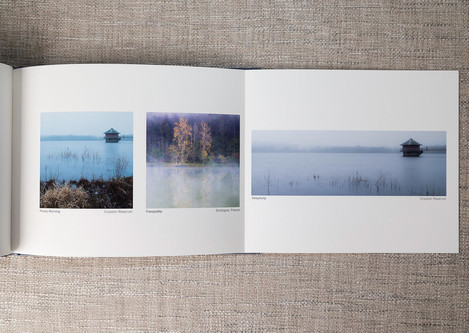
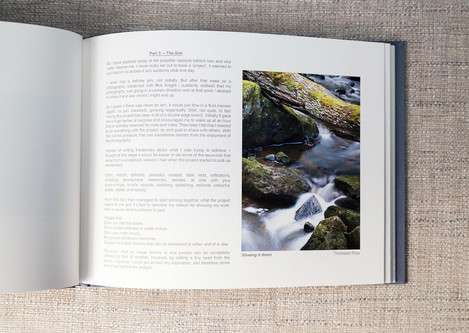
Having started this interview by saying that I was drawn to photography by the technical aspect, that couldn’t be further from the truth now. In fact, the best thing I ever did photographically was to stop obsessing about hyperfocal distance and sharpness and just take images that worked for me compositionally. Don’t get me wrong, many things need to come together to make a good image, but for me, I no longer think about those things. My images now have to be visually appealing to me and that often means that the technical aspects come last.
What next for you? Where do you see your photography going in terms of subject and style?
I have a long standing project based on rustic French doors and windows. Not sure of the outlet yet but hoping to bring this together in the coming years.
We have a dream of moving to France and ultimately this project may be first seen over there, possibly exhibited in some dilapidated old barn and printed very large. Who knows!
Many thanks for your time Paul :) You can read more about this project on Paul's website.
If you are working on a project and would like to write an article about it, then please get in touch, we'd love to hear from you!

